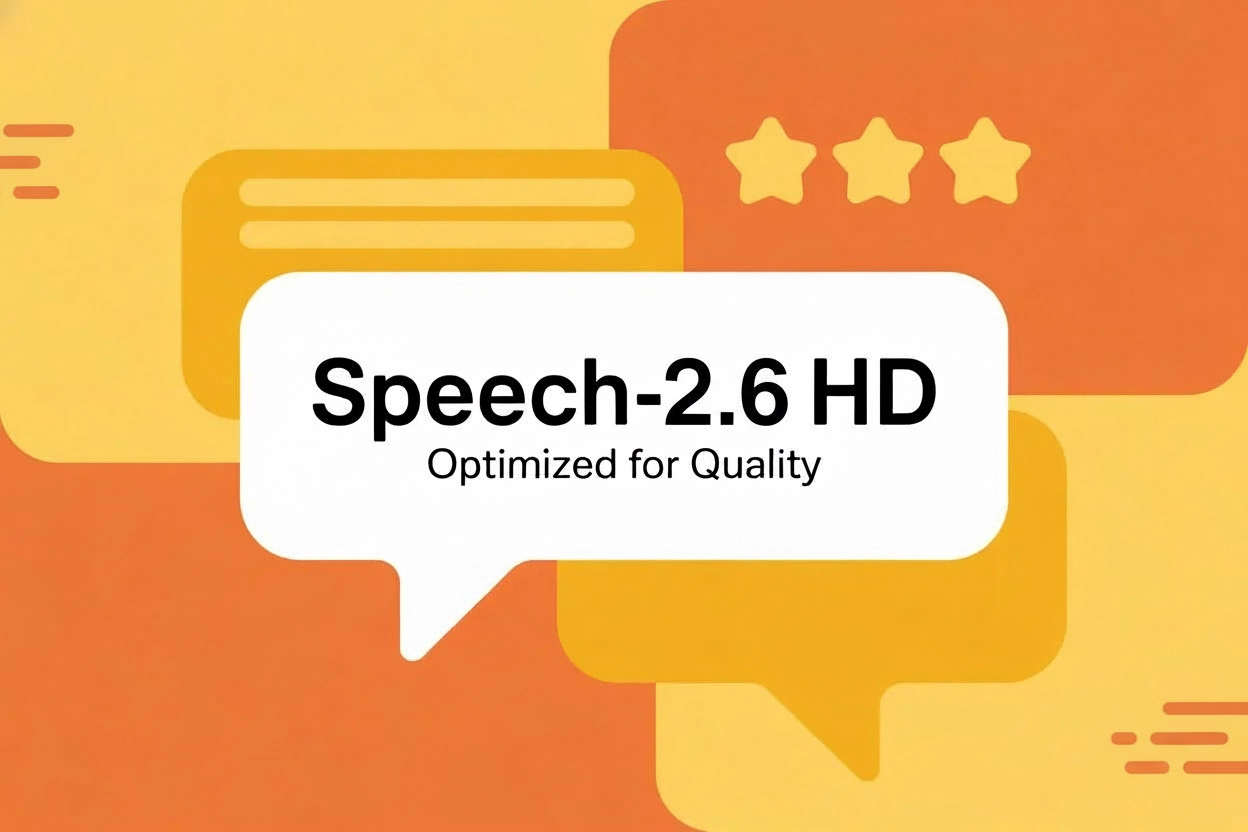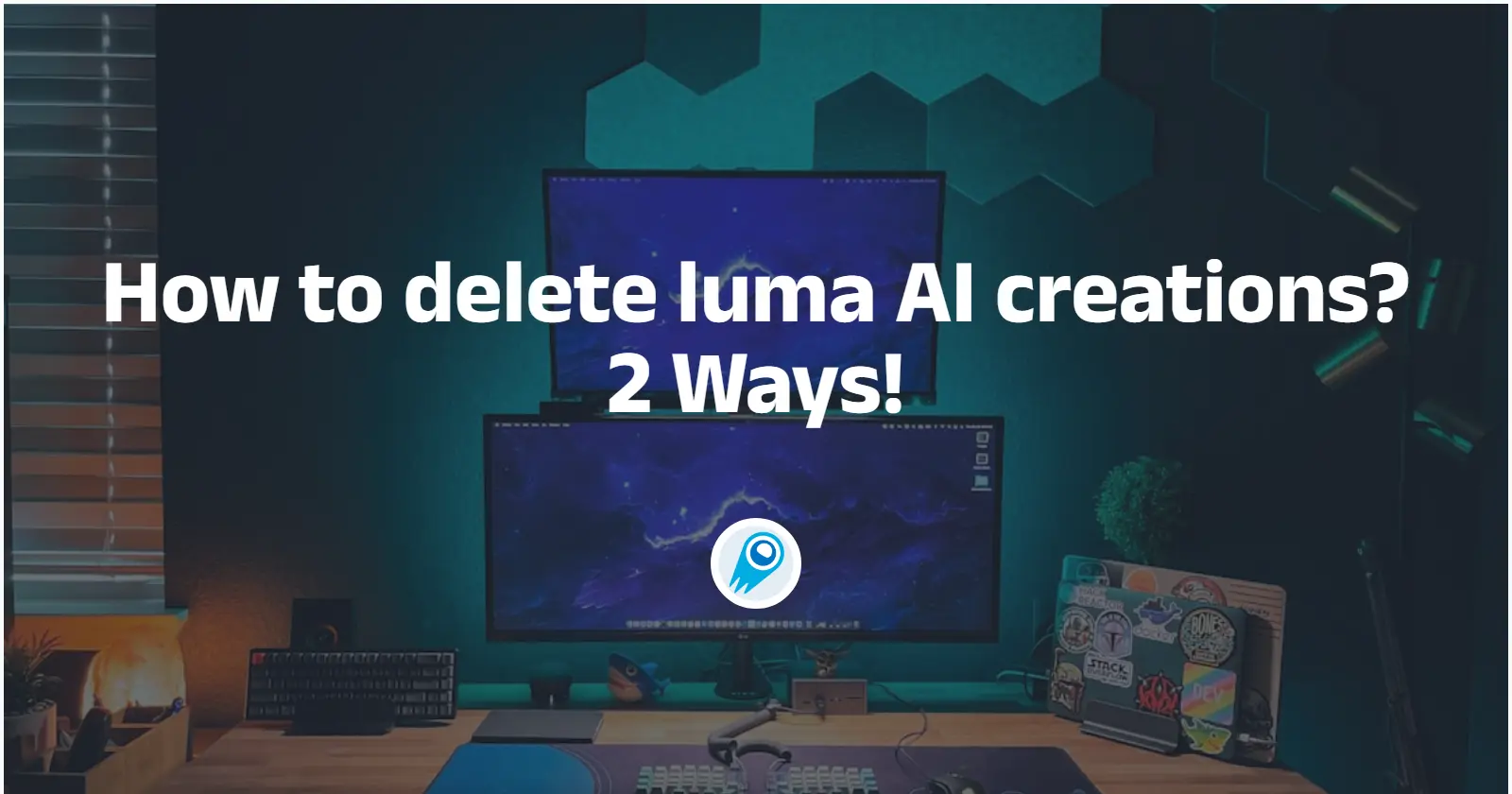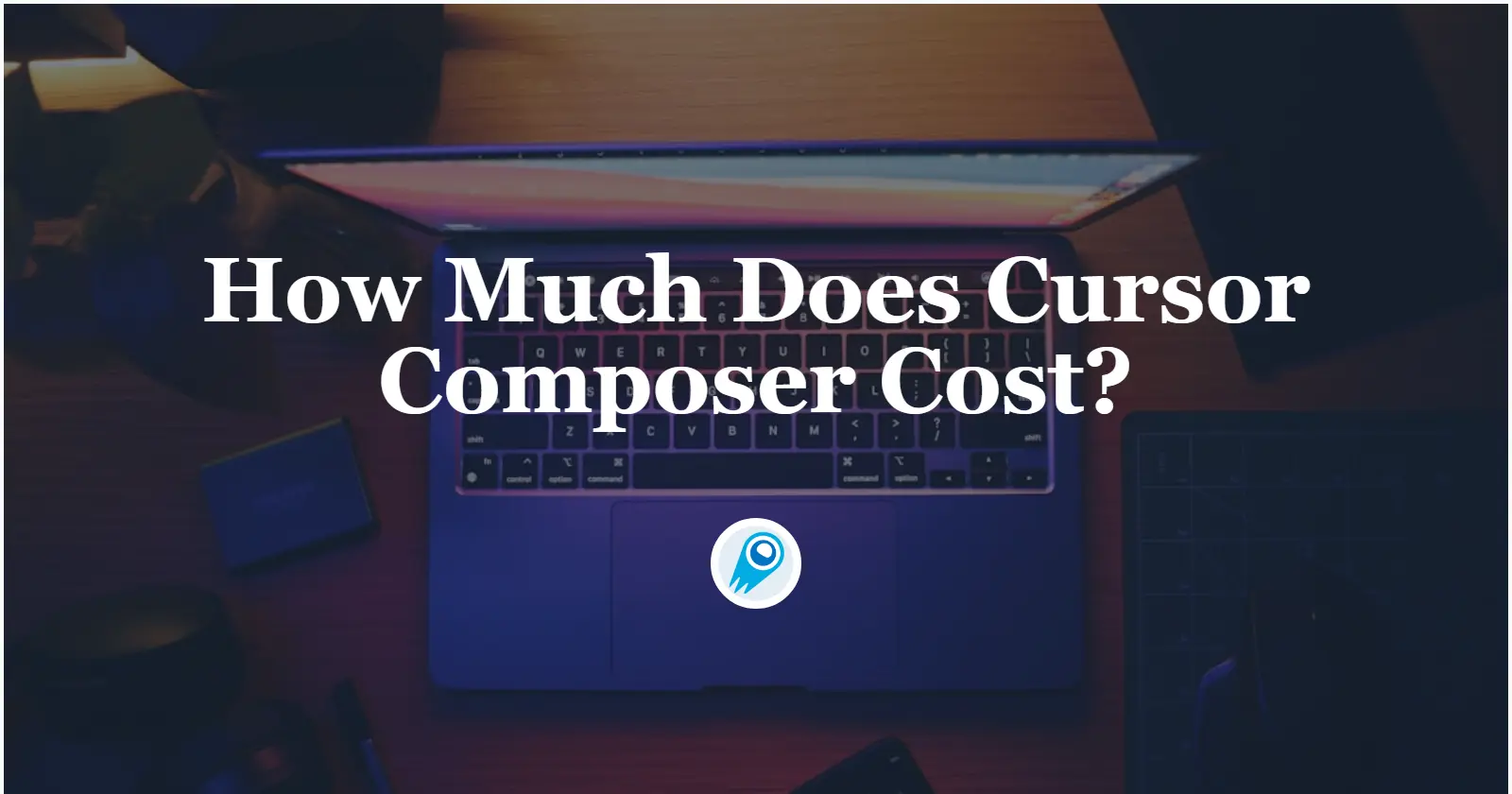Comet API Blog
The CometAPI Blog shares practical guides and updates on mainstream
AI models to help developers get started quickly and integrate them efficiently.
Which is the best image-editing AI in 2025?
Image-editing AI has moved from fun toy to actual workflow tool in months — not years. If you need to remove backgrounds, swap faces, preserve a character across shots, or do multi-step compositing with natural-language prompts, several new models promise to do it faster and with fewer manual fixes.. In this post I compare three […]
Gemini 2.5 Flash Image launched— the feature-rich image model is live in cometAPI
Google lately unveiled Gemini 2.5 Flash Image — a native, high-performance image generation and editing model that brings real-time, conversational image creation and precise, multi-step editing directly into the Gemini product family and developer tools. The release, described by Google as a “state-of-the-art” update to Gemini’s multimodal stack, is positioned for both consumer creativity and […]
OpenRouter vs CometAPI: A Comprehensive Comparison
As the demand for artificial intelligence (AI) solutions continues to surge, developers and enterprises face a growing challenge: how to integrate, manage, and optimize access to a wide array of AI models from different providers. Two platforms that have emerged to address this need are OpenRouter and CometAPI. Both promise unified APIs, transparent pricing, and […]
How good is the coding ability of GPT-5?A deep, professional guide
GPT-5 is a clear step up for developer-facing coding tasks — especially front-end UI generation, multi-file scaffolding and repository-level debugging — but it’s not a replacement for an experienced engineer. It excels at generating, refactoring, and explaining code, and its new API controls and function-calling improvements make it far more practical inside production workflows. That […]
How to Use DeepSeek-V3.1 API — a practical developer tutorial
DeepSeek-V3.1 is the latest hybrid reasoning model from DeepSeek that supports both a fast “non-thinking” chat mode and a more deliberate “thinking/reasoner” mode, offers long (up to 128K) context, structured outputs and function-calling, and can be accessed directly via DeepSeek’s OpenAI-compatible API, via an Anthropic-compatible endpoint, or through CometAPI. Below I walk you through what […]
ByteDance open-sources Seed-OSS-36B, a 36B-parameter LLM
ByteDance’s Seed team has released Seed-OSS, a family of open-source large language models led by Seed-OSS-36B, a 36-billion-parameter model that supports exceptionally long input windows and is being distributed under an Apache-2.0 license. The code and model cards were published on GitHub and Hugging Face on Aug. 20, 2025, and multiple variants — including a […]
Will Gemini Replace Google Assistant?
Google’s Gemini has emerged as the company’s flagship generative-AI offering, and in 2025 the conversation shifted from “What is Gemini?” to “Will Gemini become the assistant that replaces Google Assistant?” The question matters because the answer affects billions of devices, developers, and the future of voice and ambient computing. Will Gemini actually replace Google Assistant? […]
Can Midjourney Remove Background
Artificial-intelligence image tools have changed how designers, marketers, and hobbyists create visual assets — and a common question is whether Midjourney can produce images with transparent backgrounds or remove backgrounds cleanly. This article aggregates the latest official features, community workflows, and practical step-by-step instructions so you can choose the fastest, highest-quality route for your project. […]
DeepSeek-V3.1: Feature,architecture and benchmarks
On August 2025, Chinese AI startup DeepSeek announced the release of DeepSeek-V3.1, a mid-generation upgrade the company bills as its first step “toward the agent era.” The update brings a hybrid inference mode (a single model that can run in a “thinking” or “non-thinking” mode), a substantially longer context window, and targeted post-training improvements to […]
Grok Imagine 0.1: Feature , Access and More
Grok Imagine 0.1 is xAI’s new built-in image-and-video generator inside the Grok/X ecosystem. It lets users create images from text or voice prompts, and convert images into short videos with auto-generated sound. The tool launched as an early “0.1” release (explicitly described by Elon Musk as a beta) and has drawn both praise for speed […]

How to Use Sora 2 Without Watermarks—A Complele Guide
OpenAI’s Sora 2 — its latest video-and-audio generative model — arrived this fall as a major step forward in photorealistic video generation and synchronized audio. […]

How to Run GPT-5-Codex with Cursor AI?
Lately,OpenAI has launched a specialized version—GPT‑5‑Codex—specifically tuned for software engineering workflows via its Codex brand. Meanwhile, coding-IDE provider Cursor AI has integrated GPT-5 and GPT-5-Codex […]

MiniMax Releases MiniMax Speech 2.6 — A Deep Dive into the New Speech Model
MiniMax announced MiniMax Speech 2.6, the company’s newest text-to-speech (TTS) / text-to-audio engine optimized for real-time voice agents, voice cloning, and high-fidelity narration. The update […]

How to delete Luma AI creations? 2 Ways!
Generative tools like Luma AI’s Dream Machine make powerful, beautiful images and videos fast — but sometimes you change your mind. Whether you want to […]

How Much Does Cursor Composer Cost?
Cursor Composer is a new, frontier-grade coding model released as part of Cursor 2.0 that delivers much faster, agentic code-generation for complex, multi-file workflows. Access […]

How to access and use Minimax M2 API
MiniMax M2, a new generation large language model optimized for agentic workflows and end-to-end coding. MiniMax publicly released MiniMax-M2 and published weights on Hugging Face; […]
